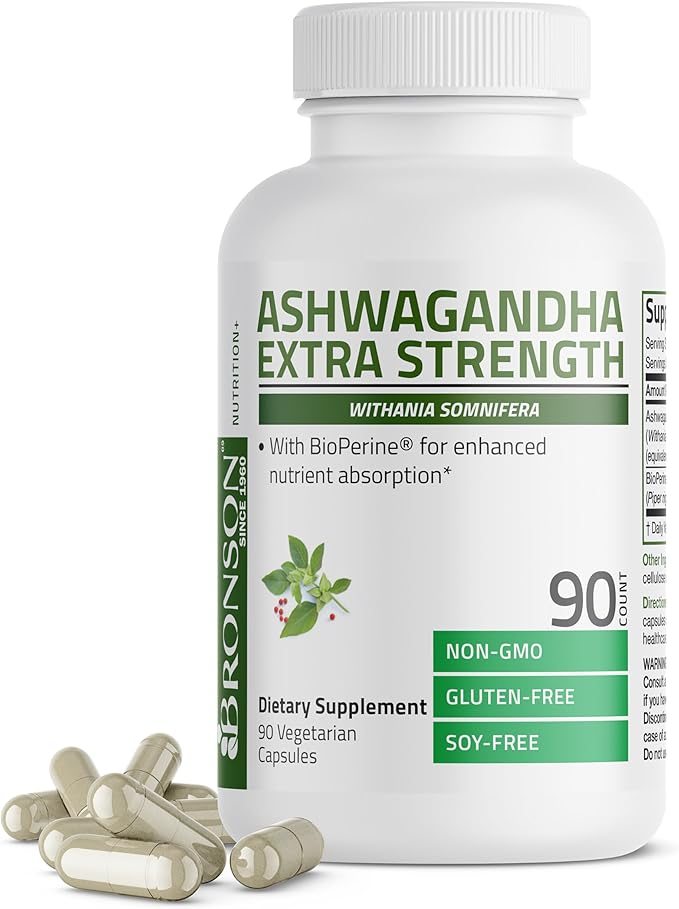Can you take Alpha Linolenic Acid and Myo-Inositol together?
Interaction Details
Taking Alpha Linolenic Acid and Myo-Inositol together has the potential for good synergy, suggesting a rating of 4 out of 5.
Alpha Linolenic Acid (ALA), an omega-3 fatty acid, and Myo-Inositol, a B-complex vitamin, may interact positively due to their complementary roles in cellular health and signaling. ALA is involved in anti-inflammatory pathways and cell membrane structure, while Myo-Inositol plays a crucial role in cell signaling, insulin sensitivity, and neurotransmitter function. The combination could enhance the fluidity and function of cell membranes, potentially improving the uptake and utilization of various nutrients and signaling molecules. Myo-Inositol's role in insulin signaling and ALA's anti-inflammatory effects may synergize to improve metabolic health, particularly in contexts where insulin sensitivity and inflammation are concerns. This complementary action suggests a good level of synergy between the two supplements.
Potential Benefits
Potential Risks
Related Studies
Alpha Linolenic Acid
Alpha-Linolenic Acid (ALA) is an omega-3 fatty acid found in plant-based foods such as flaxseeds and walnuts. It is considered an essential fatty acid because the human body cannot produce it on its own.
Some benefits of ALA include supporting heart health and reducing inflammation.
Myo-Inositol
Myo-Inositol is a carbohydrate compound found in many foods and produced in the human body, playing a crucial role in cell signaling and insulin signal transduction. Some benefits include:
- Improves fertility
- Regulates blood sugar
- Supports mental health
